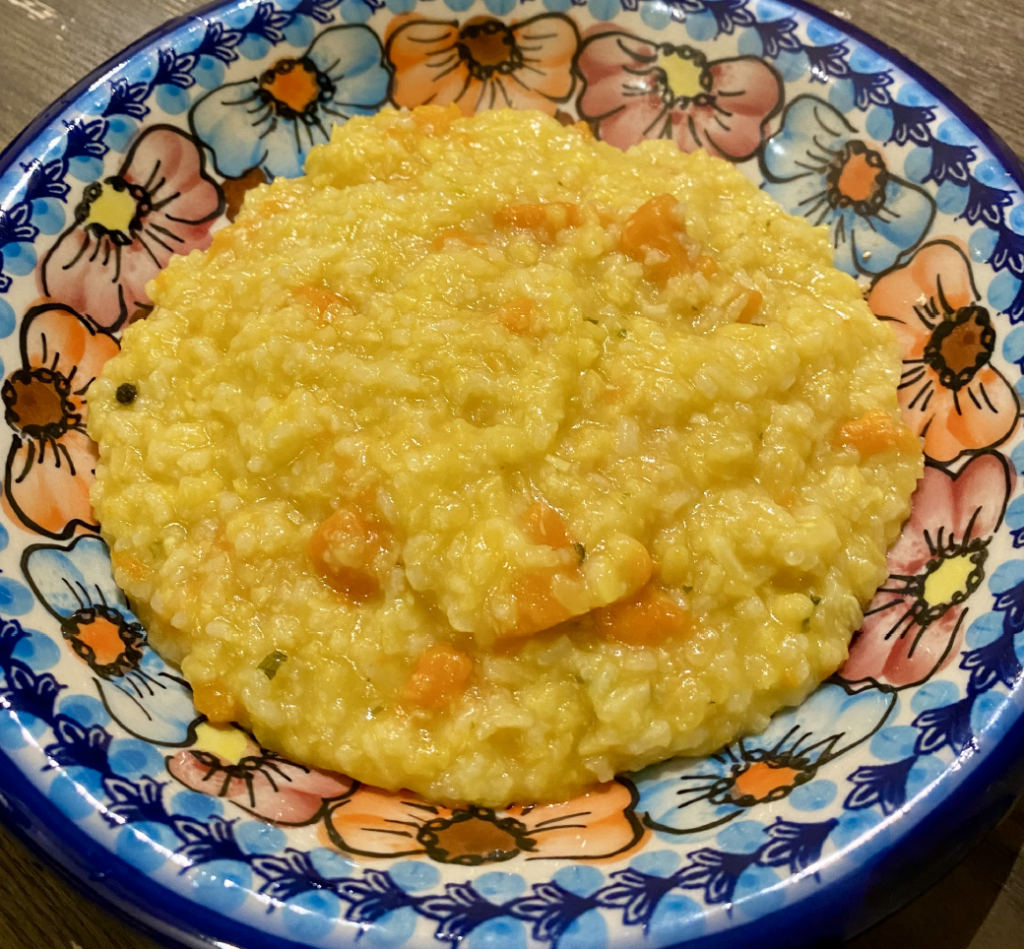
This past year has been fraught with so much loss and sadness and separation. It’s the year that’s made everything hard, even eating food. Many of us, myself included, may have been eating foods that comfort our emotional state temporarily, but leave us feeling empty. You are what you eat!
Ayurveda and Yoga are “sister sciences”, meaning in order to understand how one discipline works, you need to understand the other. Yoga’s technology brings the mind, body and soul into balance, while Ayurveda addresses both physical and mental wellbeing through the means of diet and lifestyle changes.
Oh, and have we missed travel! Remembering our blessed retreat to Risikesh, India, last Fall, well I mean the Fall before that. Setting the intention for going back in the Spring of 2021!
As we approach the shift from Winter to Spring, you may want to consider doing a Kitchari cleanse. This is the most perfect time to pay attention to what we are eating and when we can choose more wisely what we consume. We can’t control the events that occur outside us, but we can always make healthier food choices.

Cleanses can be difficult and cause additional stress, expensive, and not suitable for certain constitutions. A Kitchari cleanse is a simple cleans that you can enjoy for 1 meal, or up to three days at a time.
Kitchari is a porridge that is warm, delicious, and satisfying. This is the easiest cleanse to do, because you can get all the necessary nutrition, and avoid extreme juice cleanses, which aggravate Vata dosha. This recipe is an ancient recipe that is restorative and regenerates the digestive system, inviting toxins from processed food, and other foods that are not nutrient-rich. It’s also a one-pot recipe so it’s easy even for the most novice chef, and easy clean up.
You can take up to three days and make a fresh batch each day, adding any vegetables that are good for your dosha. It’s usually difficult to find Mung Dal (split yellow) in stores, but you can always find it in any Indian grocer or online. Its best to plan and get all your ingredients before hand, and create a period of time to rest and keep responsibilities down to a minimum if possible.
Kitchari Recipe from “Ayurvedic Cooking” by Usha Lad and Dr Vasant Lad, serves 5-8 people.

1/2 cup basmati rice
1 cup mung dal (split yellow)
6 cups (approx.) water
1/2 to 1 inch ginger root, chopped or grated
A bit of mineral salt (1/4 tsp. or so)
2 tsp. ghee
1/2 tsp. coriander powder
1/2 tsp. cumin powder
1/2 tsp. whole cumin seeds
1/2 tsp. mustard seeds
1/2 tsp. turmeric powder
1 pinch asafoetida (hing)
Handful of fresh cilantro leaves
1 and 1/2 cups assorted vegetables (optional)
Carefully pick over rice and dal to remove any stones. Wash each separately in at least 2 changes of water. Add the 6 cups of water to the rice and dal and cook covered until it becomes soft, about 20 minutes.
While that is cooking, prepare any vegetables that suit your constitution. Cut them into smallish pieces. Add the vegetables to the cooked rice and dal mixture and cook 10 minutes longer.
In a separate saucepan, sauté the seeds in the ghee until they pop. Then add the other spices. Stir together to release the flavors. Stir the sautéed spices into the cooked dal, rice, and vegetable mixture. Add the mineral salt and chopped fresh cilantro and serve.
Benefits of Kitchari Cleanse
- eliminate accumulated toxins from the mind and body tissues
- improve digestion and restore regular bowel movements
- remove heaviness or congestion in the body
- support a healthy body weight or weight loss
- improve energy and vitality
- promote overall health and wellness
VIRTUAL KULA WITH JEFFREY DUVAL



